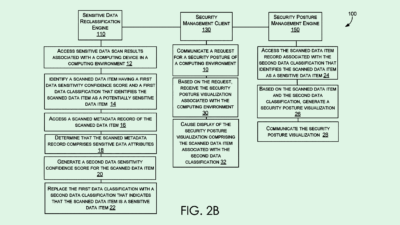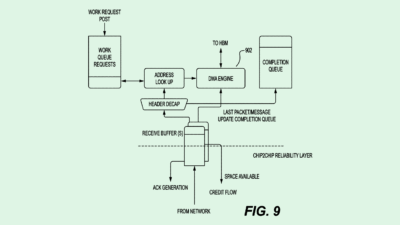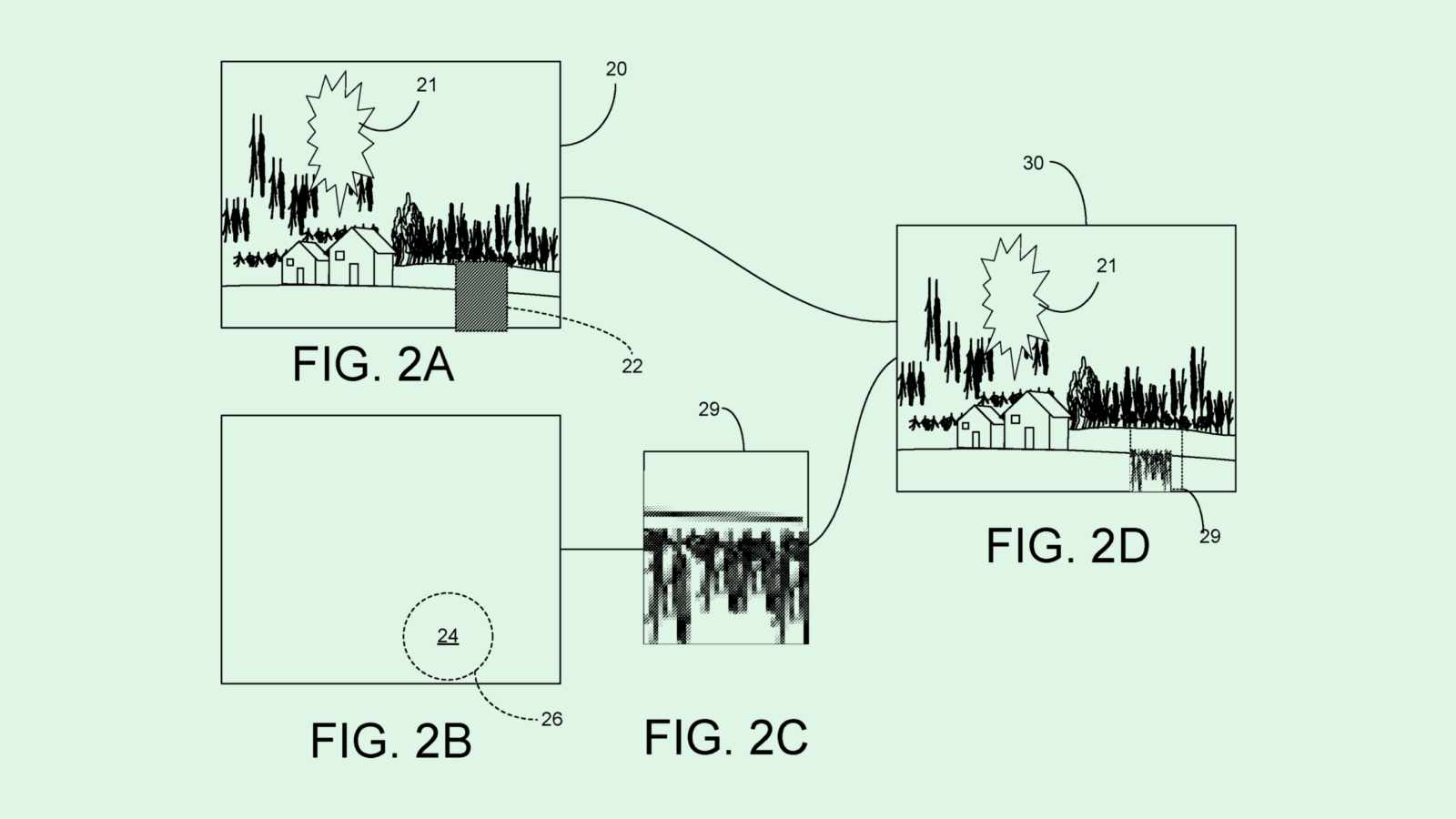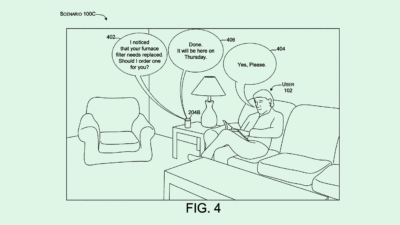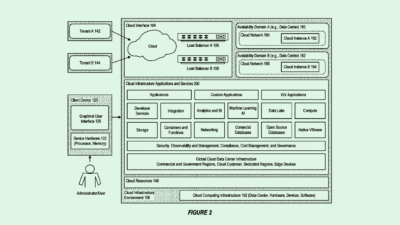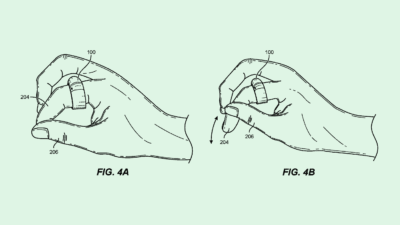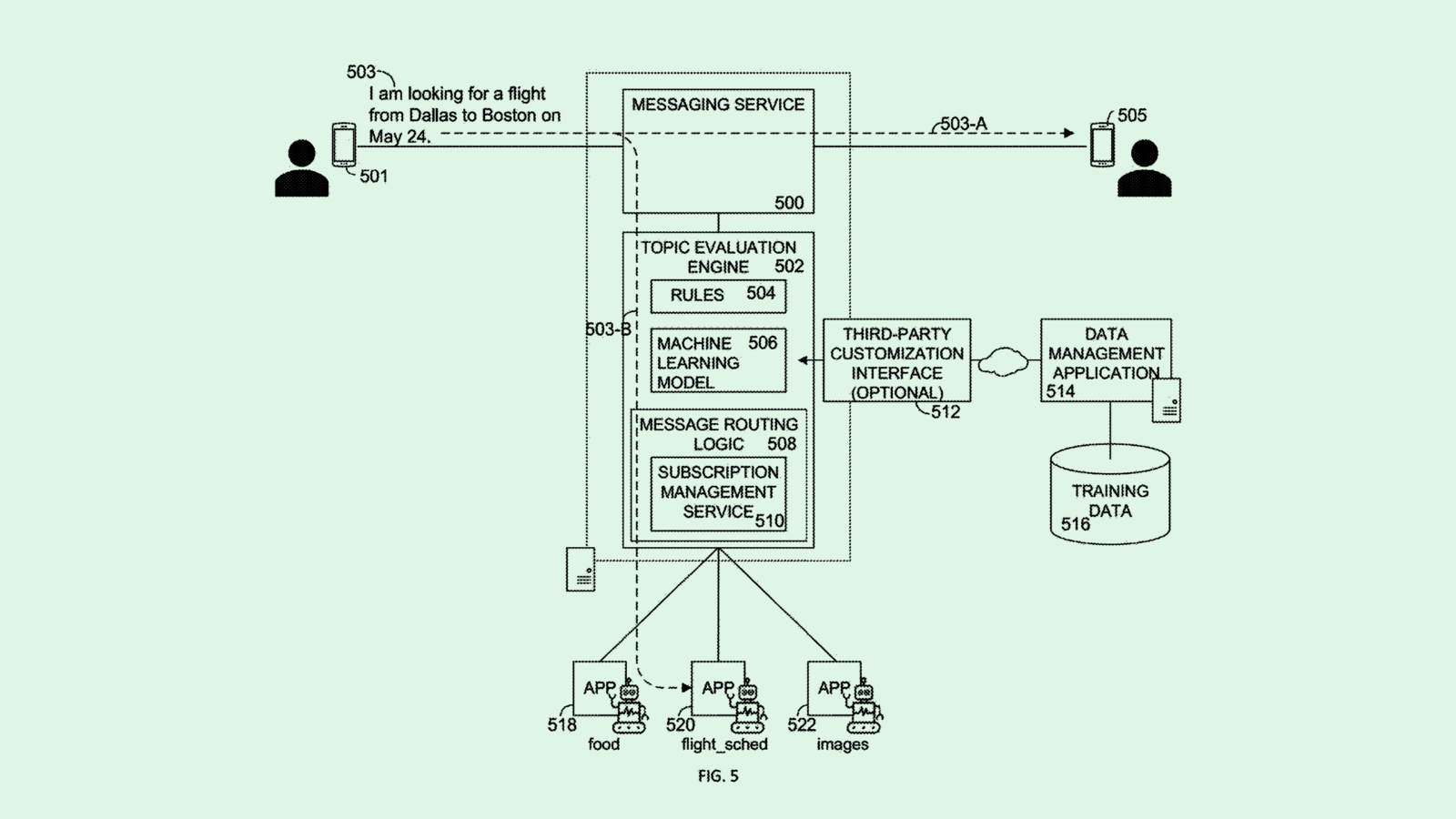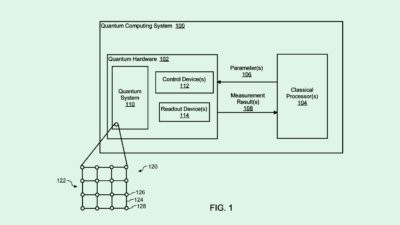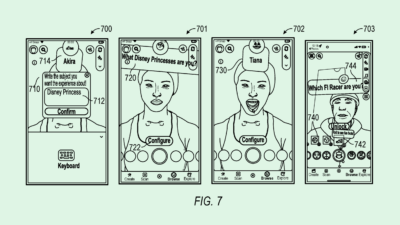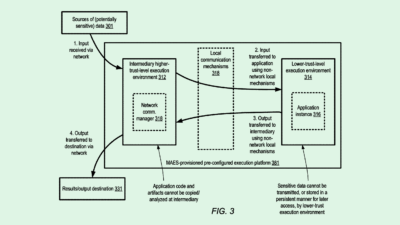Meta’s Smartwatch Patent May Show That It Wants Your Health Data
A new patent reveals details about a Meta-branded smartwatch.
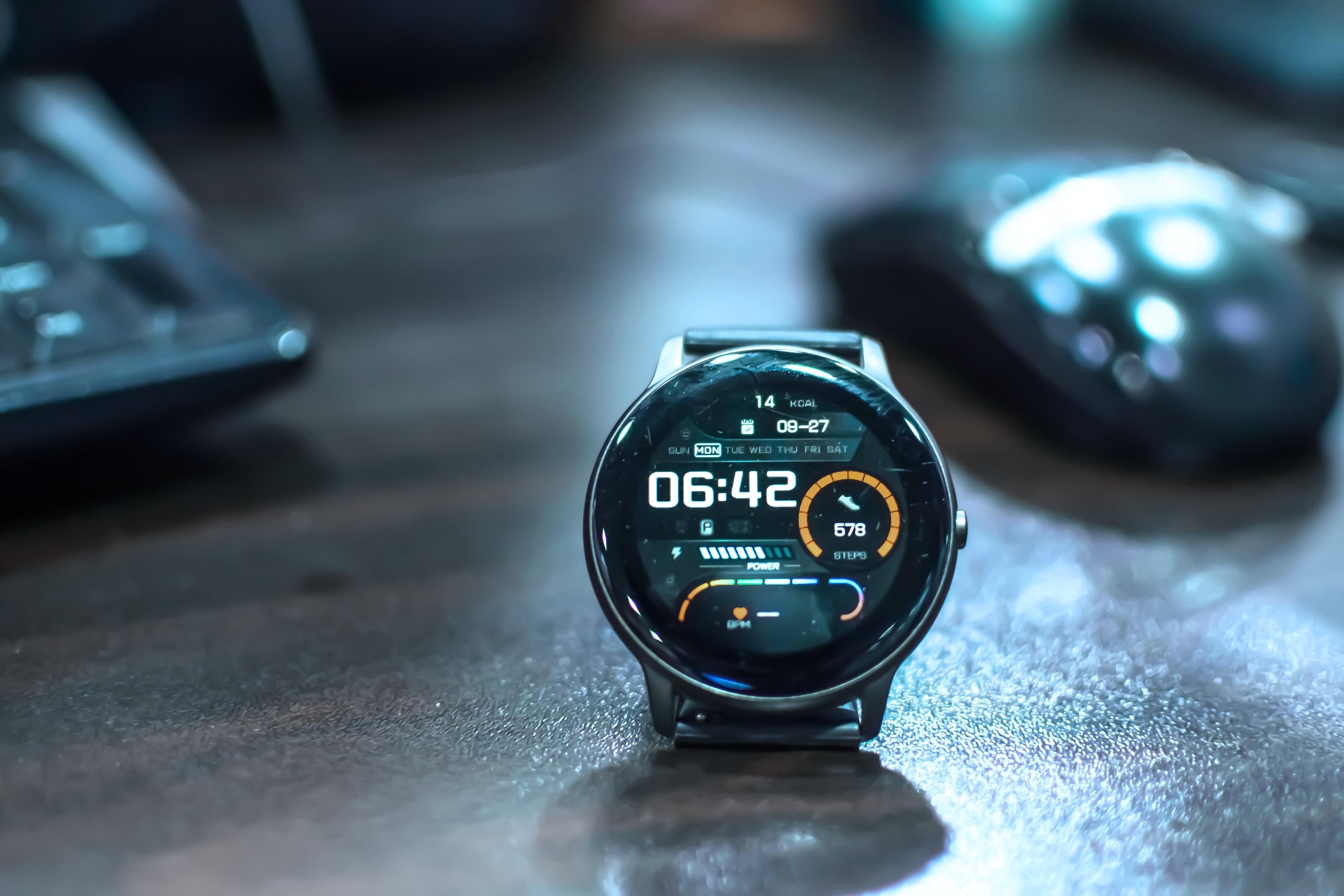
Sign up to uncover the latest in emerging technology.
Meta may be adding a new member to its family of metaverse electronics.
The company filed a patent application for “pressure sensing for physiological measurements.” Many of the diagrams in this patent, filed in December, point to Meta’s interest in smartwatch technology, describing sensors in a “wrist-worn device” to collect physiological data such as motion, heart rate and blood pressure.
To determine these measurements, Meta’s sensors track “contact pressure” between the underside of the device and the wrist – or how tight or loose the watch is on a user’s wrist. Based on that pressure, the device may instruct the user to adjust it in order to initiate proper health tracking.
If the user doesn’t adjust the watch, Meta’s system will modify the way that the measurement is taken to compensate for issues with contact pressure. For example, it would use a light emitter and light detector to collect “photoplethysmography data,” which is an optical way to monitor heart rate.
Meta says its sensors offer improved accuracy in tracking physical metrics over conventional methods. “It is important for physiological measurements and analysis to be accurate, for example, for user safety and health,” the company said.
Along with keeping track of a host of health data, Meta noted in its patent that this watch would pair with smart glasses or an AR/VR headset. (Because it’s Meta, so of course it would.)

Meta has gone back and forth on its smartwatch plans. The company reportedly scrapped plans to develop a health and messaging-focused smartwatch in November as part of its broader cost-cutting efforts. But in March, Meta’s augmented reality VP Alex Himel told The Verge that the company is still working on a smartwatch to pair with the company’s AR glasses, planned for 2025.
However, Meta has stiff competition in the connected watch business — namely from Apple. The company’s Apple Watch has practically become synonymous with smartwatches, said Jake Maymar, VP of Innovation at The Glimpse Group. Last year, Apple accounted for more than 34% of all smartwatch shipments, with companies like Samsung, Fitbit and Huawei trailing far behind.
Meta may be seeking to patent this method precisely because of Apple’s tight grip on high-end health tracking technologies, Maymar noted. The wrist-cinching system that Meta describes in this filing is quite complex, he said, and “the conditions have to be perfect for it to actually work consistently.”
“That’s probably the reason Apple didn’t go that direction,” said Maymar. “I think Meta sees that as an opportunity … but it’s a really complex thing that could have a high rate of failure.”
Meta stands to gain more than just product revenue from smartwatches. Given that the company’s biggest profit-driver is digital ads, it could use this data to sell things to its more health-conscious users, he noted. “The more information you have, the better you’re going to target that individual for advertising.”
But Meta may struggle to break into this market, said Maymar. For starters, Meta’s prior history with user data security is shaky, to say the least. Plus, when buying a smartwatch, consumers have endless options. The dominance that Apple has in the market alone – not to mention competitors like Samsung and FitBit – could make it hard to incentivize consumers to switch to a Meta-branded smartwatch.
One of the only legs up that Meta could have is the price, said Maymar. Himel told The Verge that its current roadmap consists of smartwatches as an upgrade to pair with its AR glasses. And given that Meta’s current mixed-reality offerings are far more affordable than Apple’s Vision Pro headset, it’s possible that Meta could undercut the iPhone maker on its smartwatch prices, too.


